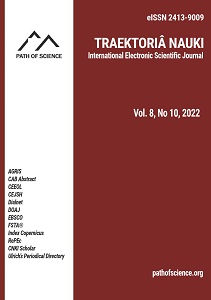An Estimation of Money Demand Function Using Nigerian Data: Implication for Monetary Policy
An Estimation of Money Demand Function Using Nigerian Data: Implication for Monetary Policy
Author(s): Alex Oisaozoje Iriabije, Ubong Edem EffiongSubject(s): National Economy, International relations/trade, Financial Markets, Public Finances, Fiscal Politics / Budgeting
Published by: Altezoro, s. r. o. & Dialog
Keywords: Demand for Money; Liquidity Preference; Interest Rate; Monetary Policy; Price Stability;
Summary/Abstract: This study estimated Nigeria's Keynesian and augmented money demand function using time series variables from 1986 through 2021. The Keynesian money demand function is estimated by considering income and interest rates as the determinants of the money demand function. In contrast, the augmented money demand function incorporates critical variables like exchange rate, income, and interest rates. With the Robust Ordinary Least Squares estimation method, the income level exerted a positive and significant effect on money demand, while interest rate put forth a negative but insignificant impact. The a priori signs of these two variables align with the Keynesian postulation that income directly correlates with the actual money demand function. At the same time, the rate of interest has an inverse relationship. Further findings from the augmented money demand function, as reported by the autoregressive distributed lag short-run estimates, indicate that the price level and exchange rate directly and significantly affect Nigeria's current money demand function. The money demand function so estimated was reported to be stable, given the cumulative sum of squares result. A general conclusion that can be drawn from the findings is that the money demand function is income elastic but inelastic regarding interest rate, price level, and exchange rate.
Journal: Traektoriâ Nauki
- Issue Year: 8/2022
- Issue No: 10
- Page Range: 3001-3016
- Page Count: 16
- Language: English

